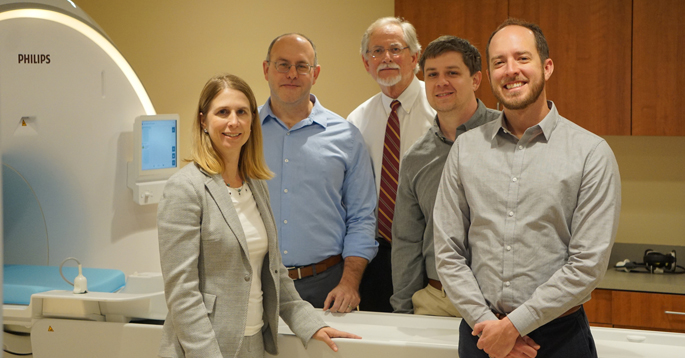
August 27, 2021
Study proves standardized protocol can support reliable MRI use for multisite pancreatic research
Researchers with the Vanderbilt Diabetes Research and Training Center (DRTC) at Vanderbilt University Medical Center led a multisite study which has demonstrated that, when controlled and standardized, quantitative magnetic resonance imaging (MRI) of the pancreas is highly reproducible when using different MRI hardware and software at different geographic locations.
By Jill Clendening

